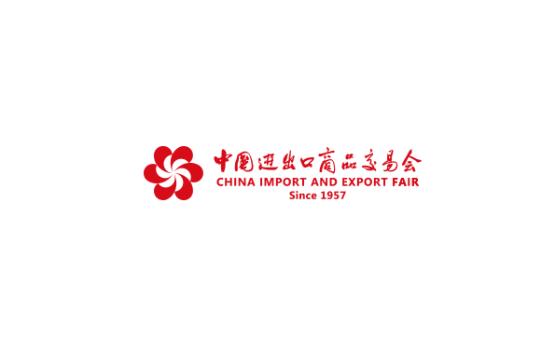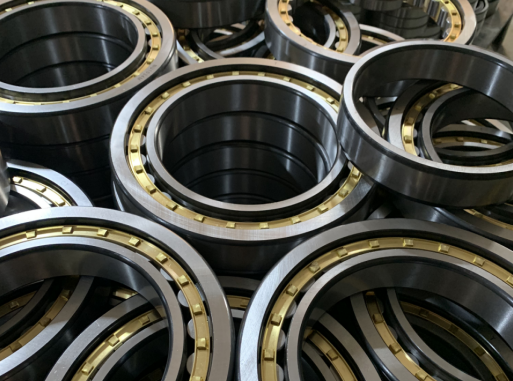World bearing development
The development of world bearings has gone through three stages. The first stage, from the end of the 19th century to the beginning of the 20th century, is called the initial stage of the world bearing industry. This stage is characterized by small production scale, crude equipment and backward technology. The production process is manual and workshop-style, and the materials are mainly carbon steel. Therefore, the accuracy of the bearings is not high and the price is expensive. In addition, the types of bearings are limited and their uses are also very limited. During this period, bearing production technology was only in the hands of a few companies in the UK, Germany, Sweden, and the United States.
The second stage is the growth period of the world bearing industry, from the end of World War I to the end of World War II. The two world wars stimulated the development of the military industry, leading to the rise in the status of bearings in the military field. With the rapid development of science and technology and the urgent need for arms during World War II, the world's bearing industry has grown rapidly. The scale of production has expanded dramatically and output has grown rapidly. The annual output of major bearing producing countries exceeds 35 million sets. The production equipment is more advanced and adopts cluster mass production. In addition, bearing materials have been developed to alloy steels such as chromium steel, and product quality has been greatly improved. The variety of bearings has increased, and they are widely used in automobiles, aircraft, tanks, armored vehicles, machine tools, instruments, meters, sewing machines and other fields.
The third stage, the development stage of the world bearing industry, began in the 1950s and continues to this day. After the Second World War, the international economy recovered and prospered, and mankind entered a new era of peaceful development. This era also saw advances in aerospace and nuclear energy.
Fast forward to today, and the world's bearing industry has made significant progress. The scale of production continues to expand, and technical means become more advanced. The variety of bearings has further increased and is now used in a wide range of industries and applications.
Today, the world's bearing industry plays a vital role in supporting various industries including automotive, aerospace, machinery and construction. Bearings have become an important part of the operation of vehicles, aircraft, industrial machinery and even household appliances.
Advances in bearing technology have also led to improvements in product quality, precision and durability. This increases the efficiency and performance of machines and equipment that rely on bearings to run smoothly.
In addition, global bearing demand continues to grow, driven by global industrial growth and expansion of infrastructure development. Therefore, bearing manufacturers have been working hard to develop innovative solutions to meet the changing needs of different industries.
In addition, technological advances have paved the way for the development of specialized bearings for specific applications, such as high-temperature bearings for industrial furnaces, corrosion-resistant bearings for marine applications, and high-precision bearings for advanced machinery.
The future of the world's bearing industry is promising, with ongoing research and development activities aimed at further improving bearing performance, reliability and service life. With the growing focus on sustainability and energy efficiency, there is an increasing focus on developing environmentally friendly bearing solutions.
Overall, the development of the world's bearing industry is remarkable, from its humble beginnings in the late nineteenth century to its current position as an important part of modern industry and technological progress. As the world continues to advance, the role of bearings in driving innovation and efficiency across industries is expected to become even more important in the coming years.












